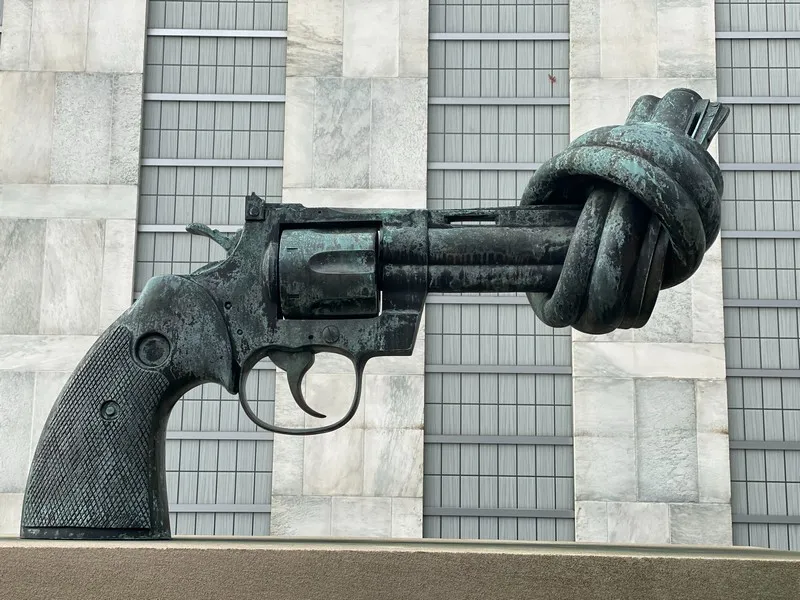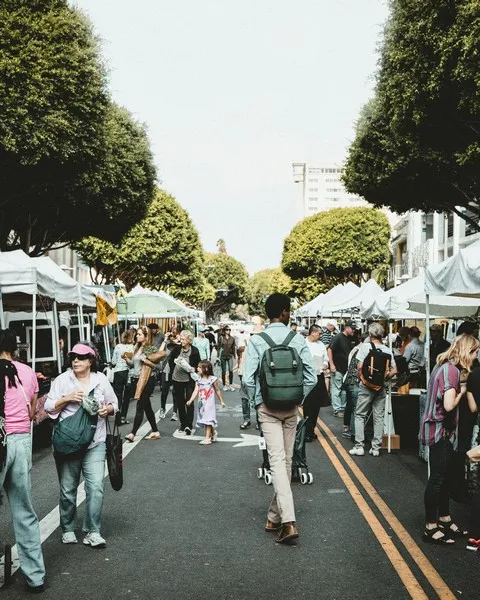In the field of sociology, Pierre Bourdieu’s concept of symbolic violence plays a significant role in understanding the relationship between culture and social power. Symbolic violence refers to the power dynamics present in society that are exerted through cultural norms, values, and practices. In this article, we will outline and explain the relationship between Pierre Bourdieu’s symbolic violence and culture.
Pierre Bourdieu and Symbolic Violence
Pierre Bourdieu was a French sociologist who developed the concept of symbolic violence as a way to analyze the social mechanisms that perpetuate and reinforce social inequalities. According to Bourdieu, symbolic violence operates through the production and reproduction of cultural practices, which in turn contribute to the maintenance of social hierarchies.
Symbolic violence is not physical or overt, but rather subtle and often invisible. It operates through the imposition of dominant cultural norms and values, which are internalized by individuals and become the basis for their thoughts, behaviors, and social interactions. These dominant cultural practices are often presented as natural and legitimate, masking the power relations that underlie them.
The Role of Culture
Culture plays a crucial role in the relationship between symbolic violence and social inequality. Bourdieu argues that culture acts as a symbolic system that legitimizes and reinforces the existing social order. It provides a set of shared meanings, beliefs, and practices that shape individuals’ perceptions and behaviors.
Through cultural practices, individuals are socialized into accepting and reproducing the dominant norms and values of society. This process of socialization perpetuates social inequalities by reinforcing the existing power structures. For example, cultural practices such as language, education, and taste act as markers of social distinction, creating hierarchies based on class, race, and gender.
Symbolic Violence and Cultural Capital
Bourdieu introduces the concept of cultural capital to explain how symbolic violence operates. Cultural capital refers to the cultural knowledge, skills, and competencies that individuals acquire through their socialization process. It includes educational qualifications, language proficiency, aesthetic preferences, and cultural tastes.
Individuals who possess high levels of cultural capital have an advantage in society as their cultural competencies align with the dominant cultural norms and values. They are more likely to succeed in educational institutions, secure high-status jobs, and gain social recognition. On the other hand, individuals with low cultural capital face barriers and discrimination, limiting their opportunities for social mobility.
Resistance and Symbolic Violence
While symbolic violence perpetuates social inequalities, Bourdieu also acknowledges the potential for resistance. He argues that individuals and social groups can challenge and subvert the dominant cultural practices, thereby disrupting the power relations embedded in symbolic violence.
Resistance can take various forms, such as the creation of counter-cultural movements, the reappropriation of cultural symbols, or the development of alternative cultural practices. By challenging the dominant cultural norms, individuals and social groups can challenge the existing power structures and work towards social change.
Conclusion
Pierre Bourdieu’s concept of symbolic violence provides valuable insights into the relationship between culture and social power in sociology. It highlights how cultural practices contribute to the reproduction of social inequalities and the perpetuation of power imbalances. By understanding the mechanisms of symbolic violence, we can critically analyze the role of culture in shaping social hierarchies and explore avenues for resistance and social change.





